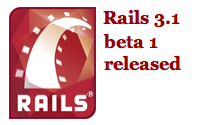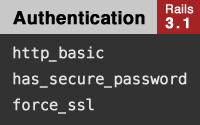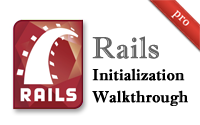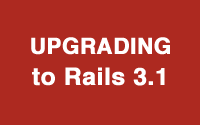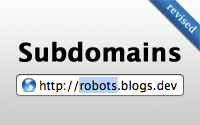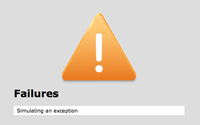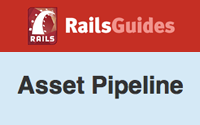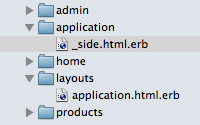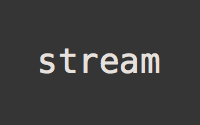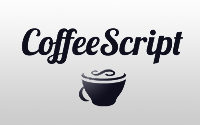Categories
- Active Record
- Active Resource
- Active Support
- Administration
- Ajax
- APIs
- Authentication
- Authorization
- Background Jobs
- Caching
- Code Walkthrough
- Controllers
- Debugging
- Deployment
- eCommerce
- Forms
- Mailing
- Models
- Performance
- Plugins
- Production
- Rack
- Rails 2.0
- Rails 2.1
- Rails 2.2
- Rails 2.3
- Rails 3.0
- Rails 3.1
- Rails 3.2
- Rails 4.0
- Refactoring
- Routing
- Search
- Security
- Testing
- Tools
- Views
Rails 3.1 Overview
This is the first episode in a series covering Rails 3.1. Here I show how to install the beta and show some of the new features.
(13 minutes)
Authentication in Rails 3.1
Here I show off three new features in Rails 3.1 that will help with authentication: easier HTTP Basic, SecurePassword in the database, and forcing SSL.
(7 minutes)
Rails Initialization Walkthrough
In this episode I walk you through the internals of the Rails initialization process and show exactly what happens behind the scenes when starting up the Rails application.
(13 minutes)
Upgrading to Rails 3.1
It is incredibly easy to upgrade to Rails 3.1, but if you want to take advantage of the asset pipeline you will need to put in some extra effort. Have no fear because I walk you through each of the necessary steps in this episode.
(8 minutes)
Subdomains (revised)
In Rails 3.1 subdomains are easier than ever to use. Here I show how to route a subdomain to a specific controller action, generate links, nest resources, and more.
(7 minutes)
Mountable Engines
Engines are receiving a major update in Rails 3.1. You can mount them at any path, embed assets, run generators and more. See how in this episode.
(13 minutes)
Understanding the Asset Pipeline
The asset pipeline is probably the biggest feature in Rails 3.1, but it can seem like magic at first. Here I dive into exactly how the asset pipeline works.
(11 minutes)
Template Inheritance
In Rails 3.1 the controller inheritance also applies to the view layer. Here I show how to add an application template which is shared by all views, and a lookup path for overriding templates based on the subdomain.
(8 minutes)
HTTP Streaming
HTTP Streaming allows the browser to start processing the HTML response while the Rails app is still processing the rest of the request.
(9 minutes)
CoffeeScript Basics
CoffeeScript allows you to write JavaScript in a concise, elegant fashion. Here I convert JavaScript code to CoffeeScript in a Rails 3.1 app.
(11 minutes)

